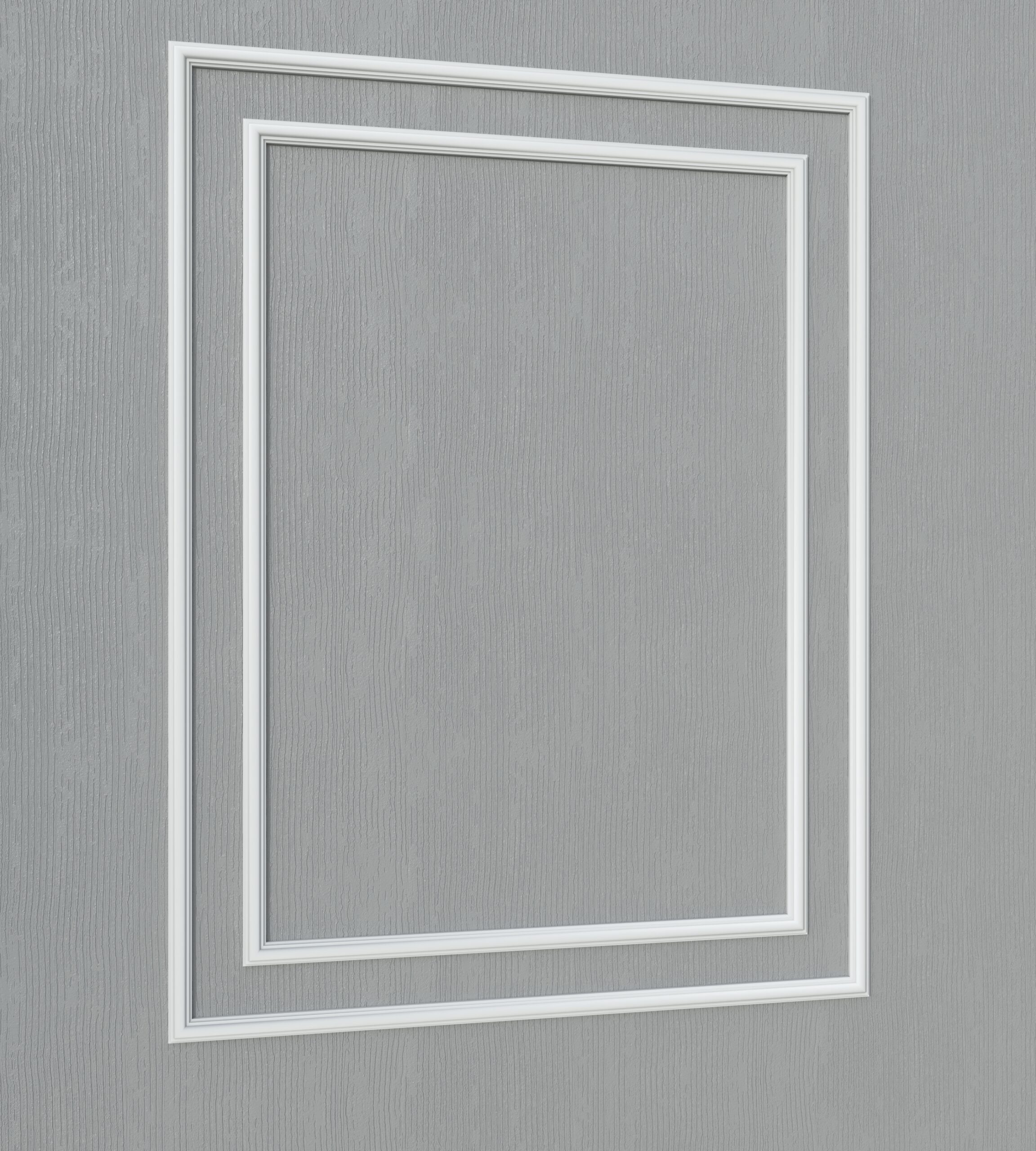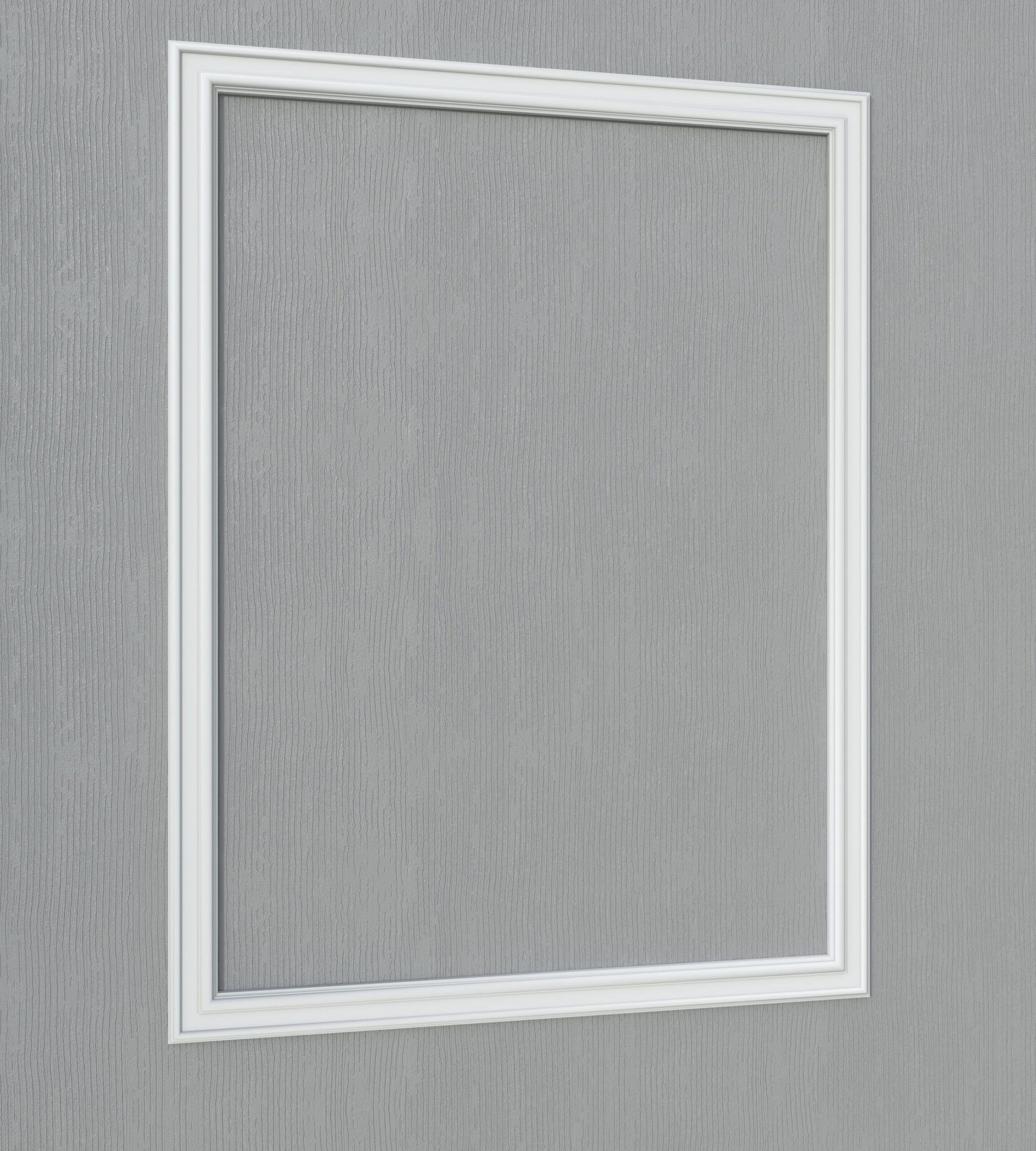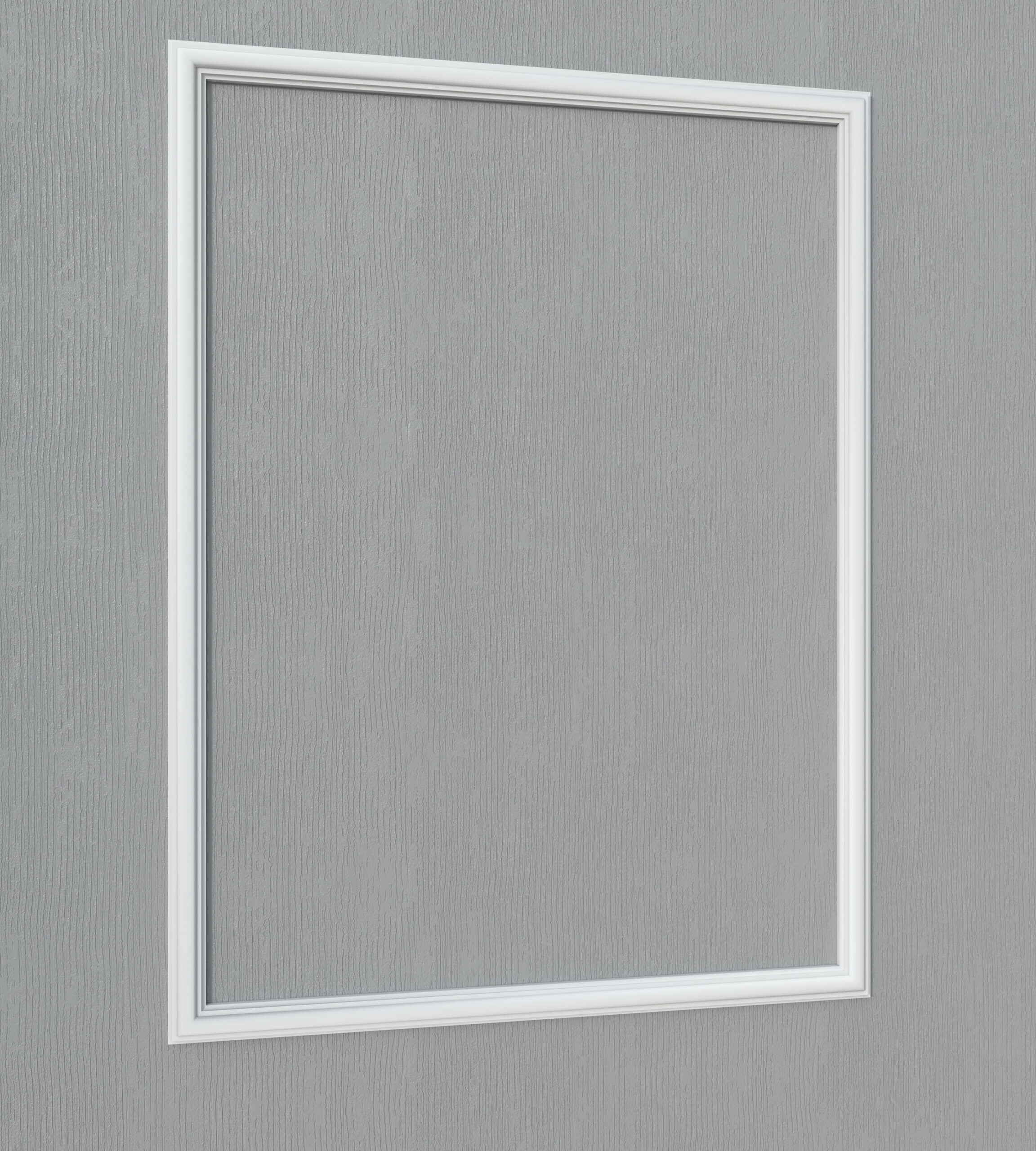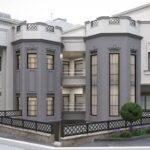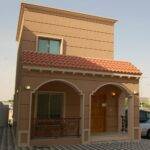Description
EPS (Foam) Decorative Frames:
Decorative frames play a vital role in enhancing the overall aesthetic appeal of windows, doors, and various other architectural elements. Among the different materials available for frame construction, EPS (Expanded Polystyrene) or foam has gained significant popularity. EPS or foam decorative frames are lightweight, versatile, and durable frames made from expanded polystyrene foam. This material is formed by expanding small beads of polystyrene through the application of heat and pressure. The resulting foam is then cut into various shapes and sizes to create decorative frames suitable for windows, doors, and other applications.
Advantages of Using EPS or Foam in Decorative Frames:
1. Lightweight: EPS or foam frames are incredibly lightweight, making them easy to handle and install. This reduces the strain on windows and doors while providing a hassle-free installation process.
2. Thermal Insulation: EPS (foam) has excellent thermal insulation properties, which can help improve energy efficiency. It acts as a barrier, preventing heat transfer between the interior and exterior spaces, resulting in reduced heating and cooling costs.
3. Moisture Resistance: Foam frames are resistant to moisture, making them suitable for areas prone to high humidity, such as bathrooms and kitchens. Unlike traditional wooden frames, EPS frames do not swell, warp, or rot when exposed to moisture.
4. Versatility: EPS (foam) can be easily molded into various shapes and designs, allowing for a wide range of decorative options. It can mimic the appearance of traditional materials like wood or stone, providing a cost-effective alternative without compromising on aesthetics.
Comparison with Other Materials:
When compared to other materials like wood and aluminium, EPS or foam frames offer several advantages. Foam frames are more affordable, lightweight, and require minimal maintenance. Unlike wood, they are not susceptible to termite damage, and unlike aluminium, they do not conduct heat, reducing energy loss.

